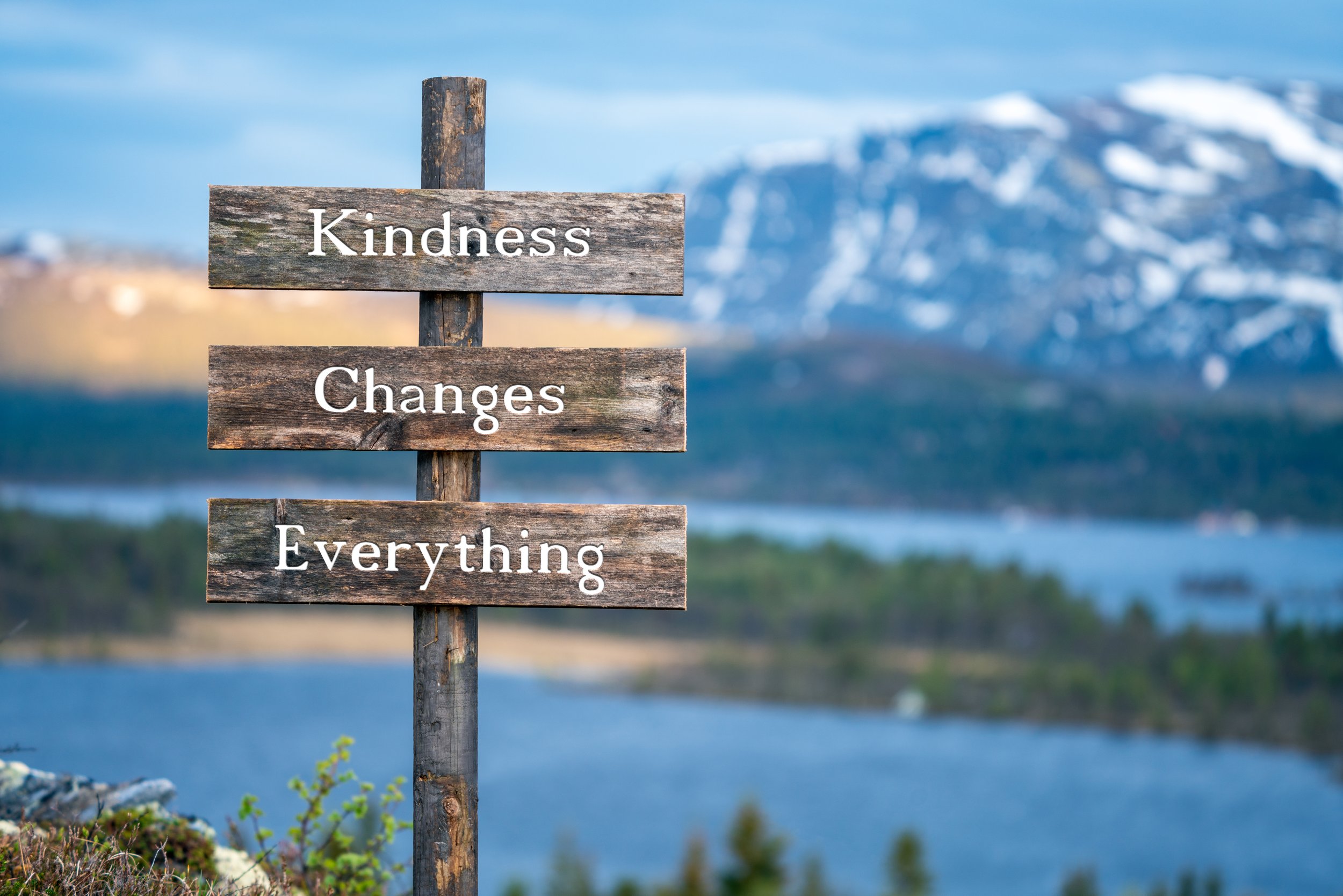It has been a long, slow transition from winter to spring this year. Overcast days and frequent storms are leaving the longed-for bright and sunshiny days still a little out of reach. Yes, there are signs of the winter thaw yielding to the hardiest of budding plants. However, many are still experiencing fluctuating and unpredictable weather, and it is challenging to wait for the anticipated warmth and full vibrancy of spring.
As human beings intricately and deeply connected with nature, it is probably no surprise that this long, slow transition can be difficult on us in many ways, including leaving us feeling sluggish and out of sorts. Our bodies and minds respond to the changing seasons, and the prolonged winter-to-spring transition can disrupt our internal rhythms and reduce our energy. While we long for the warmth of the sun, the lingering cold, gray skies can dampen our spirits. However, if we turn our attention to focus on wellness and wellbeing during this time, we can set the stage for an uplifting experience while we patiently await brighter days.
As we persevere through this second month of spring, one strategy for focusing on our wellness is to prioritize self-care. Though we may not be able to control the weather or seasonal change, we can control how we take this month to nourish our bodies, minds, and spirits. With the season of renewal and transformation upon us, it is only fitting that we navigate this transition emphasizing the replenishment of our reserves. For this reason, I invite you to join me on a 30-day journey of self-care and renewal, focusing on maintaining a positive focus to support our wellbeing overall.
Ready to join me? Here’s the weekly map that will guide us on our journey…
Week 1: Let’s get started with mindful beginnings.
We will kick off our self-care journey by setting the intention to start each day mindfully. We can begin each morning with a few moments of quiet reflection or meditation, taking deep breaths, focusing on the present moment, and expressing gratitude for the day ahead. Throughout the week, we will focus on making efforts to incorporate mindfulness into our daily routines – we can explore practices of mindful eating, deep breathing, or simply pausing to appreciate the beauty of nature all around.
Week 2: Keep up energy by nourishing from within.
During the second week of our journey, our focus will be on nourishing our bodies with wholesome, nutritious foods. This week will be our opportunity to experiment and play with incorporating a variety of fruits, vegetables, and whole grains into meals. We will work on savoring the foods we eat and paying attention to how different foods make us feel. As we experiment and play, we might consider trying a new recipe or two to expand our culinary horizons.
Week 3: Find new ways to move and groove.
Since physical activity is essential for both physical and mental wellbeing, the third week of our self-care journey will focus on moving our bodies in ways that feel good. Whether going for a brisk walk, practicing yoga, or dancing around the living room, we are exploring the activities that bring us joy and energy. Our aim throughout this week is to incorporate at least 30 minutes of movement into the day, and we will pay particular attention to how movement boosts our mood and increases our energy overall.
Week 4: Wrap up the month with soulful reflection.
In the final week focused on self-care, we are taking time for soulful reflection and introspection. Throughout this week, we will set aside moments each day for journaling, creative expression, or quiet contemplation. We can reflect on goals, values, and aspirations, as well as consider what changes might be important for moving forward in life. We will dedicate this time to reconnecting with our inner wisdom and cultivating a deeper sense of authenticity.
Bonus Day: Spreading random acts of kindness.
To conclude our 30-days devoted to self-care, we will dedicate one final day in this month to spreading kindness and positivity in the world. Whether offering a genuine compliment, performing a random act of kindness, or reaching out to a loved one with words of encouragement, we can all make a conscious effort to brighten someone else's day and create ripples of kindness that will inspire others to do the same.
The winter-to-spring transition is one that can be long and draining, often taking a toll on our bodies and spirits. However, in reframing the transition as an opportunity for self-care, we find space for exploring the positive transformation that is upon us. Through our 30-day spring self-care journey, we can take moments to reflect on our wellness adventures while playing and growing along the way. And with this reflection, as well as some new discoveries, we can come to deepen our appreciation for the beauty of spring – even through the long transition – knowing that every step taken brings us closer to the life we desire.
How will you begin your 30-days for self-care?



































